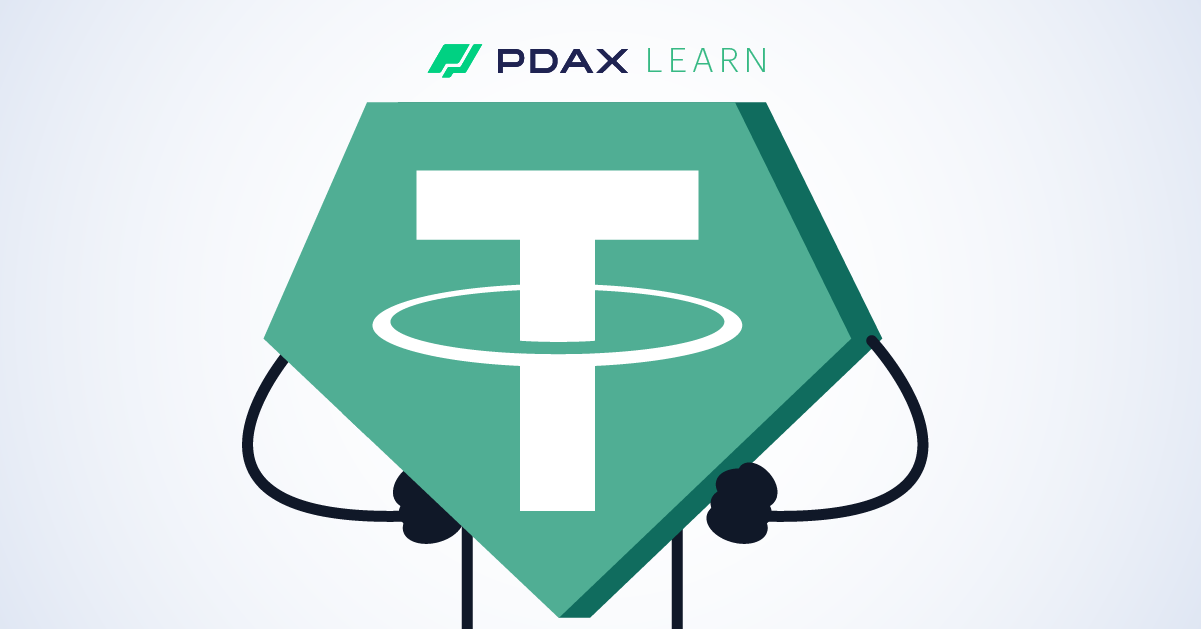For years, the use of cryptocurrency in purchasing everyday items, whether its food, clothing and other similar necessities, faced a lot of doubts and opposition primarily because of the lack of a singular value that would ensure that both consumers and merchants don't end up on the losing end. Simply put, customers are hesitant to use crypto for purchases believing that its value may increase at any moment. On the other hand, merchants are hesitant to accept crypto as payment, knowing that its value may drop without warning.
Such a long-standing struggle was thankfully addressed with the introduction of stablecoins. Unlike the usual cryptocurrencies whose value is susceptible to rapid price movements and fluctuations, stablecoins are cryptocurrencies designed to cushion the impact of sudden market swings and volatility, by being pegged to the value of a particular fiat currency.
Out of all the existing stablecoins right now, Tether (USDT) stands as one of the most popular and in-demand being the third-largest cryptocurrency after Bitcoin (BTC) and Ethereum as of July 2022, with a market capitalization of $66 billion.
Introduced in 2014 as ‘RealCoin’, Tether is pegged to the US dollar and was originally based on the Bitcoin blockchain. Nowadays, it now supports Bitcoin (Omni and Liquid protocol) as well as other networks including Ethereum, TRON, EOS, Algorand, Solana, OMG Network, and Bitcoin Cash.
[Note: PDAX currently only lists USDT (Ethereum), USDT (Polygon), and USDT (Tron).]
How does Tether maintain its value?
Tether is able to maintain its peg to the US dollar by maintaining a considerable amount of reserves in hard cash and other deposits equal in USD value to the number of USDT in circulation. Furthermore, the company publishes the current value of its reserves on its official website and updates it on a daily basis.
As a stablecoin, USDT is a desired token among traders since it is protected from constant value price fluctuations. Because its price remains constant and is not susceptible to the daily price volatility, USDT is very reliable as a store of value. For this very same reason, crypto investors often park their assets in USDT during long periods of uncertainty or during a bear market.
Transparency
Being the biggest stablecoin in the world in terms of market capitalization, USDT observers are always making sure that the reserves held by the company behind the cryptocurrency are in fact equal or more than the total value of the tokens in circulation. In an effort to prove its liquidity, the company has a dedicated transparency page that can be readily accessed by anyone.
Tokenomics
As of June 2022, there are a little over 70 billion USDT in circulation based on data from Coingecko.
Where can you buy Tether?
As one of the largest stablecoins in the market, USDT is available on a large number of exchanges worldwide. In the Philippines, virtual asset providers such as PDAX offers USDT for trading through its web exchange or mobile app.
Ready to start with crypto?
Start your trading journey with PDAX.
DISCLAIMER: The statements in this article do not constitute financial advice. PDAX does not guarantee the technical and financial integrity of the digital asset and its ecosystem. Any and all trading involving the digital asset is subject to the user’s risk and discretion and must be done after adequate and in-depth research and analysis.
About PDAX
PDAX is a BSP-licensed exchange where you can trade Bitcoin, Ethereum, and other cryptocurrencies directly using PHP!
Featured Posts
You might also like
MON (Monad) is now on PDAX!
PDAX
December 04, 2025
PDAX Learn: USDC on Arbitrum is now on PDAX
PDAX
December 01, 2025
Pump.fun’s PUMP token is now on PDAX! 🎈
PDAX
November 26, 2025
Aerodrome Finance’s AERO token is now on PDAX!
PDAX
November 12, 2025
